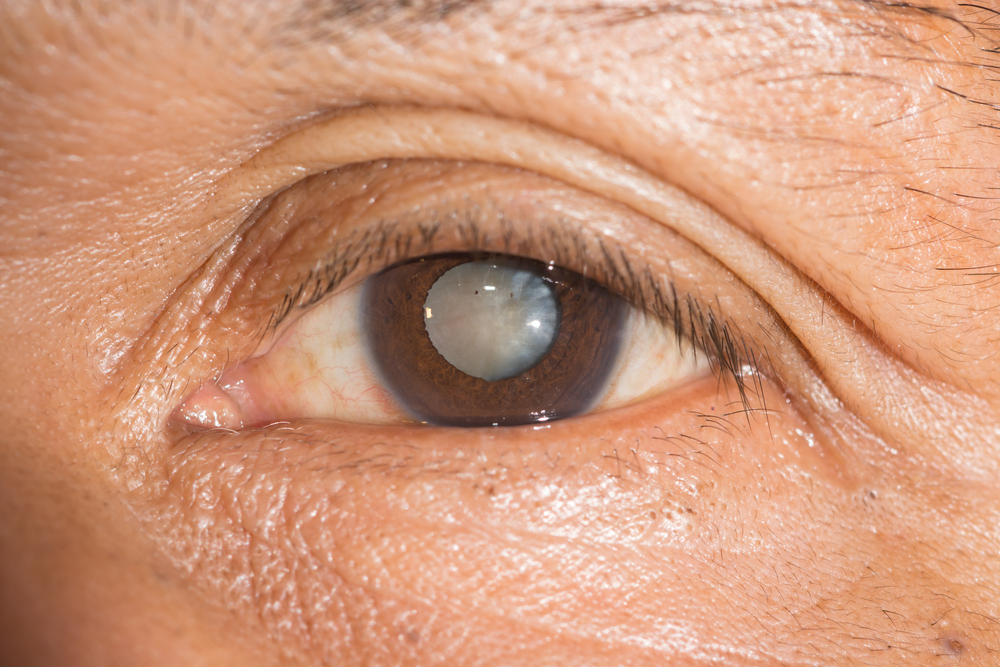
Glaucoma is a group of eye conditions that can lead to vision loss and blindness if left untreated. It is caused by increased pressure inside the eye, known as intraocular pressure (IOP), which can damage the optic nerve. The optic nerve is responsible for transmitting visual information from your eyes to your brain, and damage to this nerve can result in progressive and irreversible vision loss.
Recognizing the Signs and Symptoms of Glaucoma
The early stages of glaucoma often have no noticeable symptoms, which is why regular eye exams are so important. However, as the condition progresses, you may start to experience some of the following signs and symptoms:
- Gradual vision loss: One of the most common symptoms of glaucoma is a gradual and painless loss of peripheral vision. This can make it difficult to see objects or people in your peripheral field of vision.
- Tunnel vision: In advanced stages of glaucoma, you may experience tunnel vision, where your central vision remains intact, but your peripheral vision becomes increasingly restricted.
- Sudden eye pain and redness: Certain types of glaucoma, such as acute angle-closure glaucoma, can cause sudden and severe eye pain, redness, and blurred vision. This is a medical emergency and requires immediate treatment.
- Halos around lights: Some people with glaucoma report seeing halos or rainbow-colored circles around lights, especially at night or in low-light conditions.
- Headaches and nausea: Increased eye pressure can sometimes cause headaches, especially in the brow or temple area, as well as nausea and vomiting.
The Importance of Seeing an Optometrist if You Suspect Glaucoma
If you suspect that you may have glaucoma, it's crucial to see an optometrist as soon as possible. Glaucoma can be treated effectively, but only if it's detected early. An eye doctor can perform a comprehensive eye exam and measure your eye pressure to determine if you have glaucoma or are at risk of developing it.
Diagnosing glaucoma typically involves a comprehensive eye exam performed by an optometrist. This exam may include several different tests and procedures to assess the health of your eyes and measure your eye pressure. Some of the most common tests used to diagnose glaucoma include:
- Tonometry: This test measures the pressure inside your eye, known as intraocular pressure (IOP). High IOP is a primary indicator of glaucoma.
- Ophthalmoscopy: Your eye care professional will use a specialized instrument to examine the optic nerve at the back of your eye, looking for signs of damage or changes in the nerve's appearance.
- Visual Field Test: This test measures your peripheral (side) vision to detect any blind spots or areas of vision loss, which can be an early sign of glaucoma.
- Gonioscopy: This test examines the angle between the iris and the cornea, which can help determine the type of glaucoma you have.
- Pachymetry: This test measures the thickness of your cornea, which can affect the accuracy of IOP measurements and help identify certain types of glaucoma.
- Optical Coherence Tomography (OCT): This imaging test provides detailed, high-resolution images of the optic nerve and retina, allowing your eye care professional to assess any structural changes that may indicate glaucoma.
Management Options for Glaucoma
If you are diagnosed with glaucoma, your optometrist will work with you to develop a comprehensive management plan. The goal of treatment is to lower your eye pressure and prevent further damage to the optic nerve, thereby preserving your vision.
The first line of treatment for glaucoma is typically the use of eye drops or oral medications. These medications work by either reducing the production of fluid in the eye or improving the drainage of fluid, thereby lowering intraocular pressure.
In some cases, your eye care professional may recommend a laser procedure to improve the drainage of fluid from the eye. This can include procedures like trabeculoplasty, which uses a laser to open up the drainage channels, or iridotomy, which creates a small hole in the iris to improve fluid flow.
If medication and laser treatments are not effective, your eye care professional may recommend conventional surgery, such as a trabeculectomy or tube shunt procedure. These surgeries create a new pathway for fluid to drain from the eye, reducing intraocular pressure.
The specific treatment plan for your glaucoma will depend on the type and severity of your condition, as well as your overall health and other individual factors. Your eye care professional will work closely with you to develop a personalized management strategy that best meets your needs and helps preserve your vision.
Taking Action for Your Eye Health
Glaucoma is a serious and potentially vision-threatening condition, but with early detection and proper management, you can take steps to protect your eyesight. If you suspect you may have glaucoma, it's crucial to schedule an appointment with an optometrist as soon as possible.
Don't wait until it's too late, take action for your eye health by scheduling an appointment with Evolutionary Eye Care to get the care and treatment you need to manage your glaucoma and protect your vision. Visit our office in Webster, Texas, or calling (346) 486-6700 to book an appointment today.









